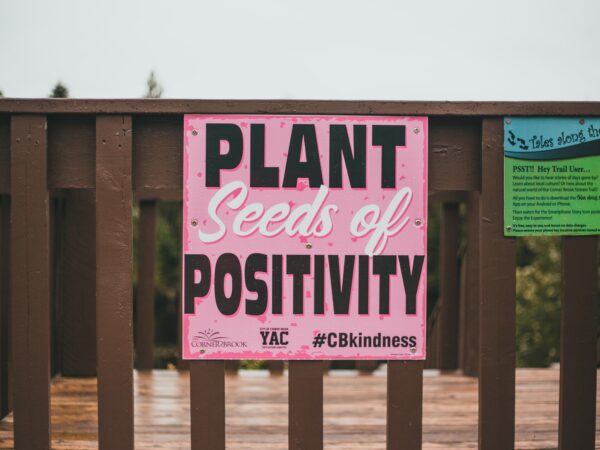The science of love is a complex and fascinating topic, spanning multiple disciplines including neurobiology, psychology, and anthropology. Love has been a subject of study for centuries, with researchers trying to unravel the mystery of why we are drawn to certain people and what happens in our brains and bodies when we feel that spark of attraction.
In this article, we’ll explore the science of love, including the different types of love, the chemical processes that occur in the brain during attraction and attachment, and the factors that influence who we fall in love with. We’ll also look at some of the myths and misconceptions surrounding love and relationships, as well as some practical tips for cultivating healthy, long-lasting relationships.
Types of Love
Psychologists have identified several different types of love in science, each with its own unique characteristics and patterns of behavior. These include:
Romantic Love: This is the intense passion and infatuation that accompanies the early stages of a relationship. It’s characterized by strong physical and emotional attraction, as well as a desire for intimacy and exclusivity.
Companionate Love: This type of love is less intense than romantic love, but still involves feelings of closeness, warmth, and affection. It often develops over time, as couples build trust and shared experiences.
Attachment Love: Attachment love is the deep sense of security and comfort that comes from being in a long-term relationship. It’s characterized by feelings of mutual commitment, support, and mutual dependence.
Chemistry of Love
The chemistry of love is a complex interplay of different hormones and neurotransmitters that affect our emotional and physical responses to attraction and attachment. Some of the key players in this chemical cocktail include:
Dopamine: This neurotransmitter is responsible for the intense pleasure and reward sensations that accompany the initial stages of attraction. It floods the brain when we see or think about our crush, leading to feelings of euphoria and excitement.
Serotonin: This neurotransmitter helps to regulate mood, appetite, and sleep, and is also involved in social bonding. It’s thought to play a role in the formation of long-term attachments and feelings of closeness.
Oxytocin: Dubbed the “love hormone”, oxytocin is released during physical contact such as kissing, hugging, and sex. It promotes feelings of attachment, trust, and bonding, and is thought to play a role in romantic and parental love.
Factors That Influence Attraction
Attraction is a complex process that is influenced by a variety of factors, including genetics, cultural norms, and personal preferences. Some of the key factors that influence attraction include:
Physical Appearance: Physical appearance is often the first thing that draws us to someone. Although beauty is subjective, certain physical characteristics such as symmetry, facial features, and body shape are widely considered attractive.
Personality Traits: Personality traits such as kindness, sense of humor, intelligence, and confidence are also important factors in attraction. People tend to be attracted to those who share similar values and interests, and who are emotionally stable and self-aware.
Proximity: The more we see and interact with someone, the more likely we are to develop feelings of attraction. This is known as the “mere exposure effect”, and it explains why we often fall for people we see on a regular basis, such as coworkers, classmates, or neighbors.
Myths and Misconceptions About Love
There are many myths and misconceptions about love and relationships, perpetuated by popular culture and societal expectations. Some of the most common myths include:
Myth #1: Love is all you need
While love is certainly a crucial part of a healthy relationship, it’s not the only factor that contributes to long-term happiness and fulfillment. Successful relationships also require effective communication, mutual respect, trust, and shared values and goals.
Myth #2: Opposites attract
While there is some truth to the idea that we are drawn to people who complement our own personalities and interests, research shows that couples who share similar values and interests are more likely to have successful long-term relationships.
Myth #3: Love should be easy
The reality is that all relationships require effort and compromise. While it’s normal to experience some conflict and disagreements in a relationship, healthy couples prioritize open communication and finding solutions that work for both partners.
Practical Tips for Successful Relationships
If you’re looking to cultivate a healthy, long-lasting relationship, there are several practical tips you can follow:
Communicate openly: Honest and effective communication is key to any successful relationship. Make time to talk openly and honestly about your feelings and needs, and be willing to listen to your partner’s perspective as well.
Prioritize self-care: In order to show up fully in your relationship, it’s important to prioritize your physical and emotional self-care. This can include getting enough sleep, eating well, exercising, and practicing self-compassion.
Celebrate your differences: While it’s important to share common goals and values, it’s also healthy to embrace your own individuality and differences. Encourage each other’s passions and interests, and learn from each other’s unique perspectives and experiences.
Conclusion
The science of love is a rich and complex subject, encompassing multiple disciplines and areas of study. By understanding the different types of love, the chemistry of attraction and attachment, and the factors that influence who we fall in love with, we can develop deeper insights and appreciation for this most universal of human experiences.
With these practical tips and the willingness to put in the necessary effort and commitment, anyone can build and maintain healthy, fulfilling relationships that thrive over the long-term.











